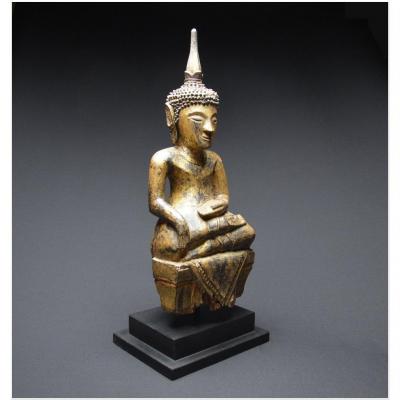Origin: Laos
Age: XIXth century
Without stand: 45.5 x 17 cm
Material: Lacquered and gilded wood
Condition: The back of the subject shows stabilized erosion, wear to the gilding
Note that the piece has a darker tint than it leaves assume digital image processing.
The Buddha is represented seated cross-legged on a stepped plinth. The right leg is folded over the left leg, the right hand touching the ground with the tips of the fingers in the gesture of taking the Earth to witness (Bumisparsa Mudra), and the left hand placed in its lap, the palm turned towards the 'outside. This gesture symbolizes the victory of the Awakened one over Mâra, prince of desires and personification of death. The Awakened one is dressed in the utarasanga, the monastic robe, which covers him entirely. The face is characterized by half-closed almond-shaped eyes framing an aquiline nose, the latter overlooking a mouth with a broad smile. The ears have lobes distended by the weight of the ornaments that the Blessed One used to wear as a prince. The hairstyle consists of small pins, the skull topped with the usnisa from which emerges an imposing element evoking a stupa (Pha That Luang of Vientiane).
The art of Laos has been strongly influenced by its two powerful neighbors, the Kingdom of Siam and the Khmer Empire. It was not until the 14th century that a resolutely original art appeared in Laos with the creation of the Kingdom of Lan Xang.




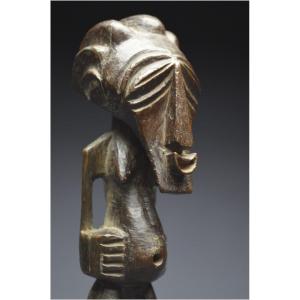
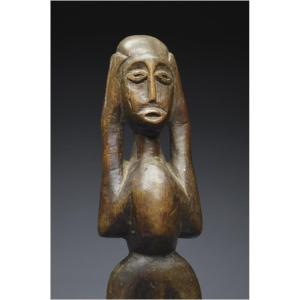
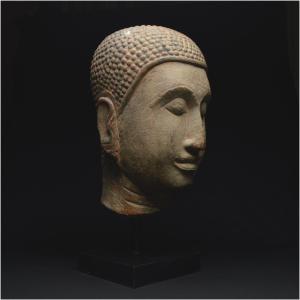

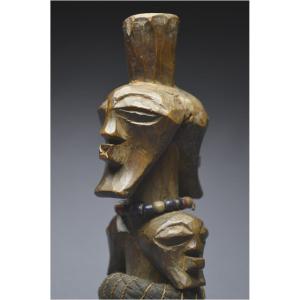
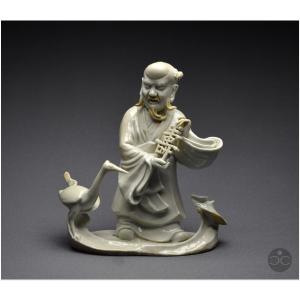

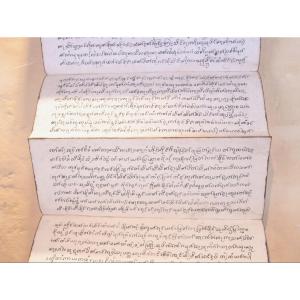


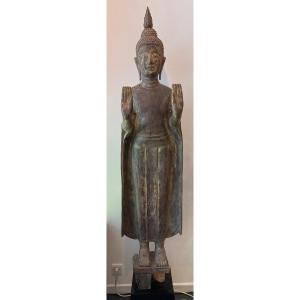
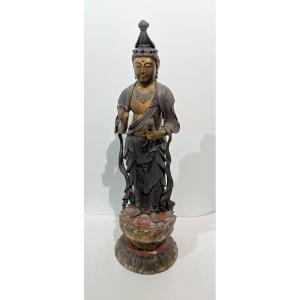



 Le Magazine de PROANTIC
Le Magazine de PROANTIC TRÉSORS Magazine
TRÉSORS Magazine Rivista Artiquariato
Rivista Artiquariato
